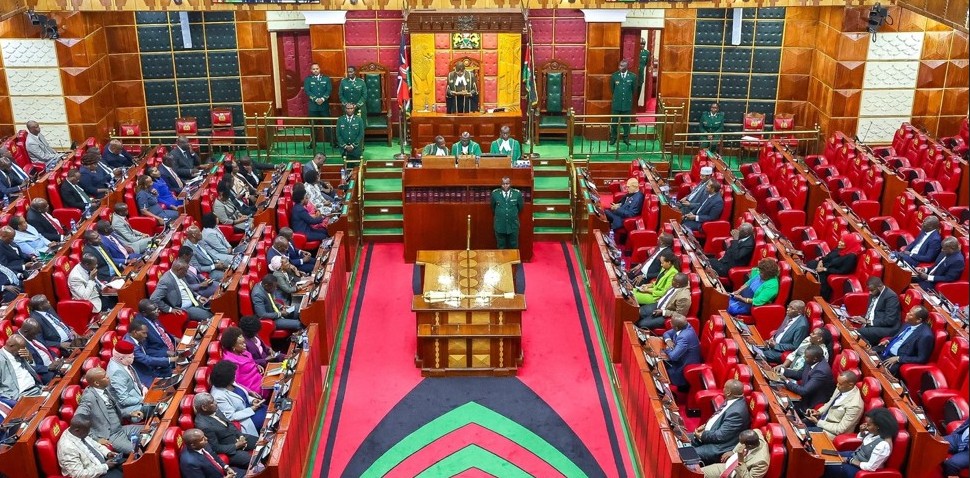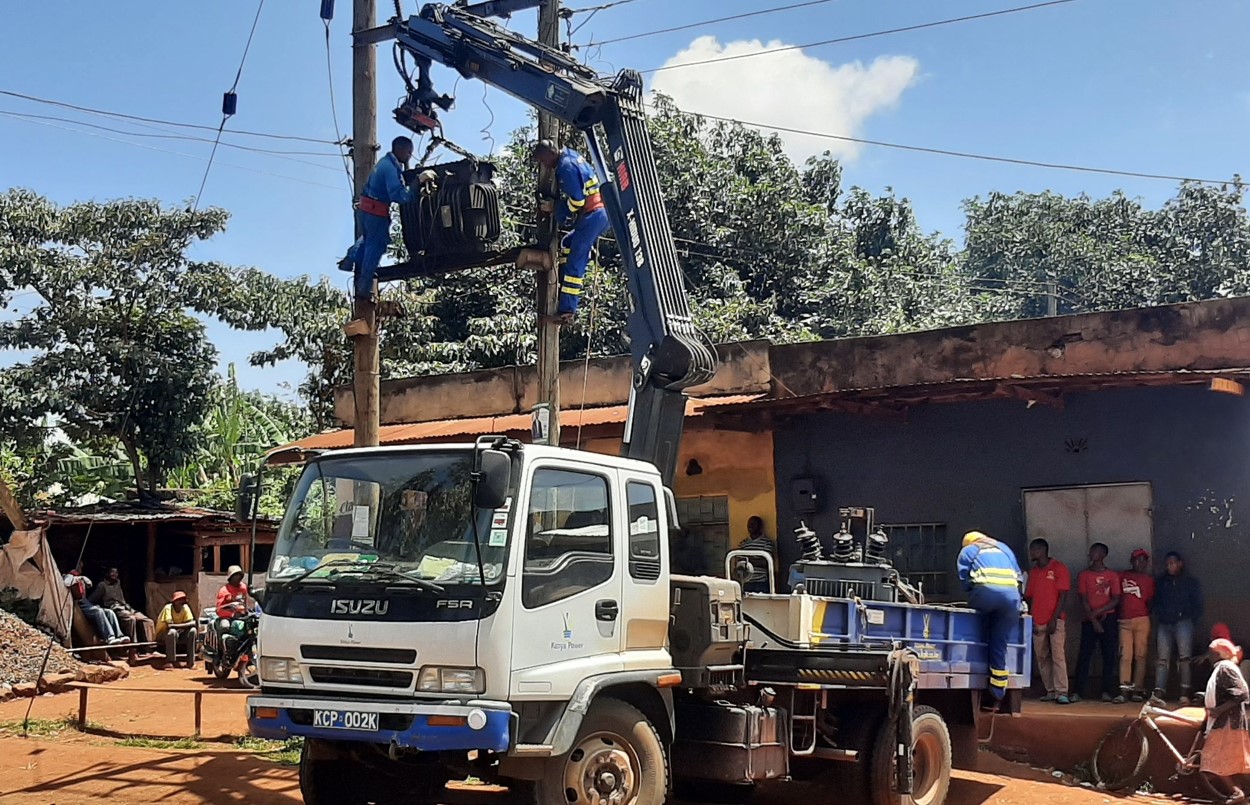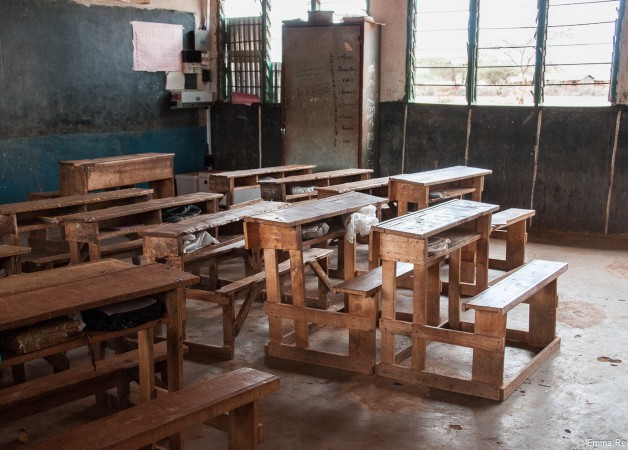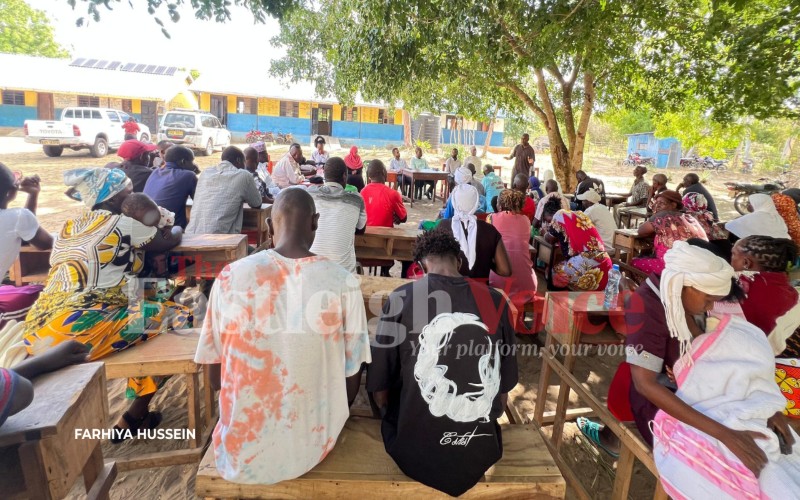World Bank warns of soaring global food prices as inflation hits developing nations hardest
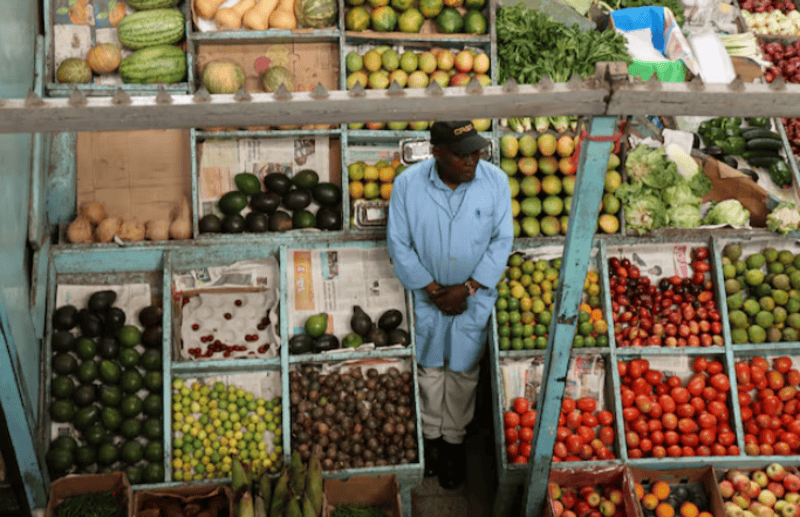
While the figures represent global averages, the impact is felt most acutely in low- and middle-income countries such as Kenya.
The latest food security update by the global lender World Bank paints a worrying picture for consumers.
The lender reckons that domestic food price inflation remains stubbornly high in many parts of the world, signalling renewed pressure on both consumers and policymakers.
More To Read
- Relief for consumers as benchmark food prices ease for second month in a row
- 2.1 million face hunger in Kenya’s ASALs as climate pressures mount
- Food inflation remains high despite overall stability - KNBS
- Kenyans to access cheaper loans as CBK cuts lending rate to 9.25 per cent
- Rising food prices drive Kenya’s inflation to 4.6 per cent in September
- Millions of Kenyans facing financial hardship as cost of living outpaces wages – report
The update shows the benchmark agricultural, export and cereal price indices have all recorded notable increases since June, up by 3.0, 6.0, and 4.0 per cent, respectively.
While the figures represent global averages, the impact is felt most acutely in low- and middle-income countries such as Kenya.
The report says food price inflation is currently above five per cent in over half of low-income countries (52.9 per cent and 45.7 per cent) of lower-middle-income nations, a jump of 8.8 percentage points since June.
Similarly, 50 per cent of upper-middle-income countries and 20 per cent of high-income countries are grappling with food inflation above five per cent, highlighting the widespread nature of the crisis.
In real terms, the cost of food continues to outpace general inflation.
“Food price inflation exceeded overall inflation in 65 per cent of the 161 countries where data is available,” the report reads.
Ideally, this means basic staples are increasingly consuming a larger share of household budgets, particularly in developing economies where food accounts for a significant portion of consumer spending.
Interestingly, the overall cereal price index increased by 4.0 per cent, despite notable price drops in individual staples.
Maize, wheat, and rice prices declined by 2.0, 3.0, and 9.0 per cent, respectively, during the review period.
“On a year-on-year basis, maize prices are 5.0 per cent higher, while wheat and rice prices are 5.0 and 34 per cent lower, respectively.”
Compared to January 2020, maize prices are 10 per cent higher, while wheat and rice prices are 7.0 and 8.0 per cent lower, respectively.
Closer to home, Kenya’s measure of the cost of living has been on an upward trend over the past three months, rising from 3.8 per cent in June to 4.6 per cent in September.
The figure stood at 4.1 per cent in July and 4.5 per cent in August, signalling sustained pressure on consumer purchasing power amid broader regional and global price dynamics.
Generally, the lender’s update underscores the ongoing volatility in global food markets and the urgent need for coordinated policy responses in tackling the rising food insecurity.
The September 2025 update to the Global Report on Food Crises, produced by a consortium of UN agencies, technical organisations, donors, and regional intergovernmental bodies, highlights increasing acute food insecurity, malnutrition, and displacement since 2024.
Conflict, economic shocks, and weather extremes, underpinned by structural fragilities, continue to drive food crises while substantial funding reductions limit responses to these crises.
According to the report, conflicts have led to famine (IPC Phase 5) in the Gaza Strip and Sudan, and risk of famine in parts of South Sudan.
Six countries and territories have populations facing catastrophic levels of acute food insecurity (IPC/CH Phase 5).
Most of the 1.4 million people in this phase are in the Gaza Strip and Sudan, followed by South Sudan, Yemen, Haiti, and Mali.
“The largest numbers of people facing high levels of acute food insecurity are in Nigeria (30.6 million), the Democratic Republic of the Congo (27.7 million), and Sudan (24.6 million), the update notes.
Top Stories Today
